Thank you so much for tuning into the latest post about my adventure this summer in Eastern Europe. After 4 full weeks of intensive Yiddish study, tomorrow, I will be attending my final classes at the Vilnius Yiddish Institute – and following classes tomorrow, I will graduate from the program. These past four weeks have flown by before my eyes, and I cannot even begin to explain how much I have learned. My life has been forever impacted by this program and this summer, and I’m still digesting the idea that I will be returning to the USA on Saturday (Don’t worry Mom and Dad – I’m
excited to see you!).
At the institute, I have made great friends that I hope I will keep in touch with after the program. My group of friends called ourselves the “Lunch Bunch” because every day after classes we’d have lunch together. I spent so much time with this group of people and I want to thank each of them individually for shaping this program and this trip for me. I will miss them all when I return to the US, but I know that these memories we have had together will last far beyond the conclusion of this program.
This past Sunday, Fania took our group from the Vilnius Yiddish Institute to three places: the great Jewish cemetery right outside of Vilnius, the Ponarai forest and shooting site, and lastly, her former partisan base in the Rūdninkai forest. It was an amazing day.
I really enjoyed walking through cemetery. As bleak and depressing as walking through a cemetery sounds, over this trip I’ve discovered how peaceful I find it to walk through a Jewish cemetery
and see the names of people who used to be alive. What I find special about cemeteries, especially Jewish ones in Eastern Europe, is that most of the people buried in these areas died of natural
causes. In visiting a place like Vilna, where over 70,000 were killed by brutal murder and never a given a proper burial, I really enjoyed walking with Fania through the Jewish cemetery,
celebrating the lives of those who were spared the struggle.
–there was none. Fania’s ability to continually lead groups through the Ponar killing site is just one small example of how brave she is. Last week, she led President Shimon Peres of Israel and President Dalia Grybauskaitė of Lithuania through this forest, where both leaders put of reefs on the
memorial, commemorating the tragic loss. Fania stood with them, as she is one of the last living survivors of the Vilna ghetto still able to stand on her own two feet.
First of all, let me tell you that this walk (more like a hike) for the average athletic person, I’d say is tough. Nearly every 20 yards, there was a fallen tree on the road – sometimes more than one tree in a large pile – and we climbed over/under each and every one. Watching Fania hike through this terrain was unreal. There were points where she would crawl on all fours under a tree just to
pass. There were two moments when she actually fell over on this walk (I nearly had a heart attack watching), and she got right back up and kept going. She didn’t even take a break. I cannot even begin to explain my amazement at this. I was not in the presence of any ordinary 92 year old in this hike – I was in the presence of a fighter.
One of the most thrilling moments of this experience was when we reached the partisan base in the forest. After nearly an hour of intense walking/climbing/crawling, I was at the head of the group scanning our surroundings, looking for any sign of a partisan base. Suddenly, to my left, I
saw it. I sprinted through the forest and jumped for joy (literally) as I had found the bunkers where Fania and her partisan comrades lived. I had found the wooden fortresses where they sheltered themselves and survived. I shouted over to the rest of the group telling them that we had made it. We had made it to the base.
Rūdninkai forest and most survived until the end of the war. Fania, a member of this combat unit, among others in the Partisans had to go live through extreme malnutrition, hunger, cold, and the constant threat of catching a virus or tick infection. The partisans were smart about keeping themselves clean and sanitized – and the stories of how these fighters made it to the forest (some escaped through the ghetto sewers!), and how they survived are individually and
collectively amazing.
While living in the forest, Fania –at that point an orphan without any surviving family – met her future husband. It must have been an extraordinary love story as both of them survived the war and made a wonderful life together in Vilnius. Although I believe her husband has passed away, Fania now has 2 children, several grandchildren, and even great grand children – a beautiful
legacy.
Never say that this is the end of the road.
Wherever a drop of our blood fell, there our courage will grow anew.
This song, written in blood, was sung by a people fighting
for life and freedom.
Our triumph will come and our resounding footsteps will
proclaim "We are here!"
From land of palm-trees to the far-off land of snow.
We shall be coming with our torment, with our woe;
And everywhere our blood
has sunk into the earth
Shall our bravery, or vigor blossom forth.
We'll have the morning sun to set our day aglow;
Our evil yesterdays shall vanish with the foe.
But if the time is long before
the sun appears, then let this song go
like a signal through the years.
This song was written with our blood, and not with lead;
It's not a song that summer birds sing overhead;
It was a people, amidst
burning barricades,
That sang this song of ours with pistols and grenades.
So never say you now go on your last way,
Through darkened skies may now conceal the blue of day,
Because the hour for which we've hungered is so near,
Beneath our feet the earth shall thunder,
"We are here!"
Singing this song with Fania is a memory I will always have. Her eyes told the story – her voice, along with the voice of my Yiddish speaking peers, stitched it into my heart.
Now, the next part of this story is just as amazing, but I will keep it brief, because I know extremely long blog posts are never fun. Today, for three hours, Fania showed our group the former Jewish ghettos in Vilna and in the following collage of pictures – I will explain what I saw.
I consider her to be a hero of the Holocaust –someone who survived – someone who keeps its memory and the memory of those who were lost alive. But when I told Fania this, she didn’t react in the way I expected. She didn’t want to be called a hero.
Rather, Fania just wants to be thought of as a person who lived. She feels she is just a person doing her duty as a human being to share her story. It was hard for me to grapple with this because to me, Fania is amazing – she is extraordinary. How can we honor Fania if she doesn’t she want to accept this credit? But then I realized something – Fania doesn’t do anything in order to “take credit” – she tells her story it because she feels she has to.
Fania has reminded me of the way society looks at heroes, and the way heroes often look at themselves. It made me realize that over the span of her life, Fania was just doing what she thought was right. Maybe if all can try to follow in her footsteps, if we do what we think is good - maybe we can all be “heroes.”And maybe we can honor Fania in that way.
I think that this is her ultimate goal with sharing her story with others. Fania shares her story in order to spread goodness in the world. With every person she touches, she is creating a chain reaction of positivity – a chain reaction of resilience. After having met her, I am now determined to share this goodness with others, and that is how I plan to celebrate the survival of this amazing human being, and even more, the history of this stunning Jewish culture. Fania’s lessons will be my fighting light in the dark parts of life that try beat us.
Now, although I could probably write on for ages, I am going to stop here and call it a night (its 3 am – eeh!) I hope you enjoyed learning about Fania and about my time in Vilnius – in my next post I will discuss my coming graduation and homecoming to the grand USA. I hope you all have good week and always – thank you for reading.
All the best,
Arielle
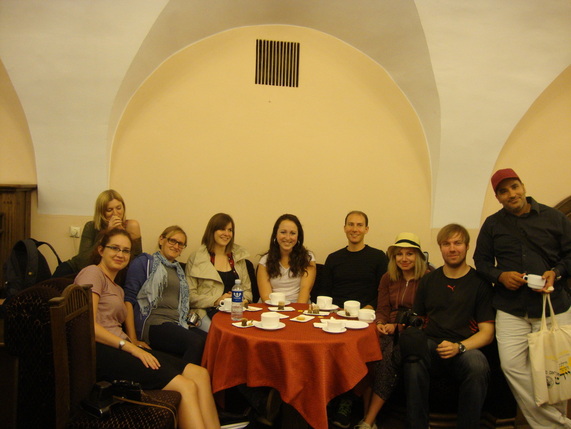
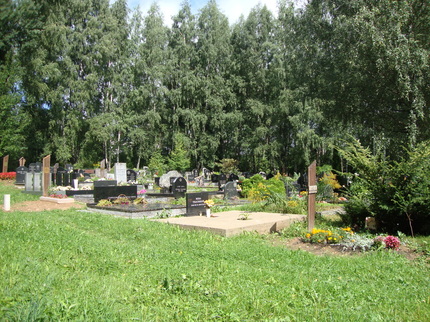
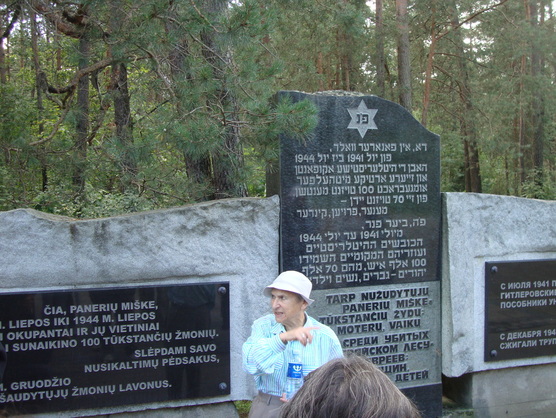
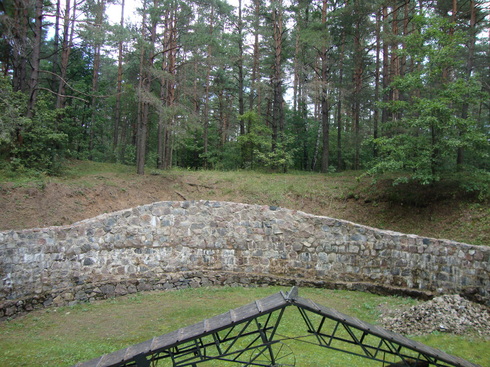
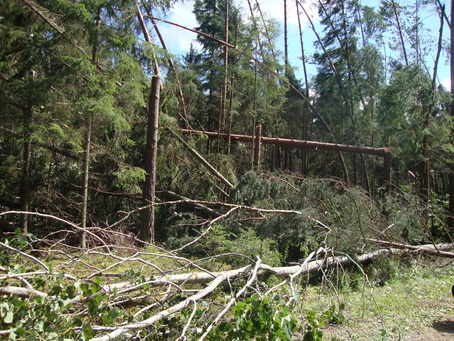
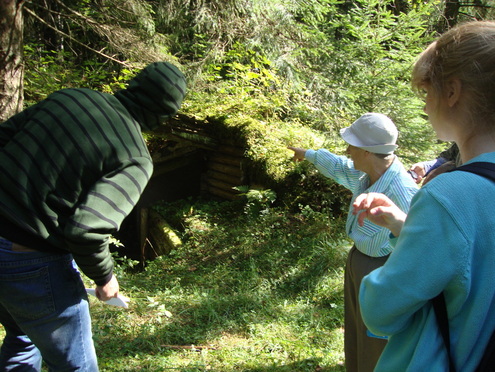
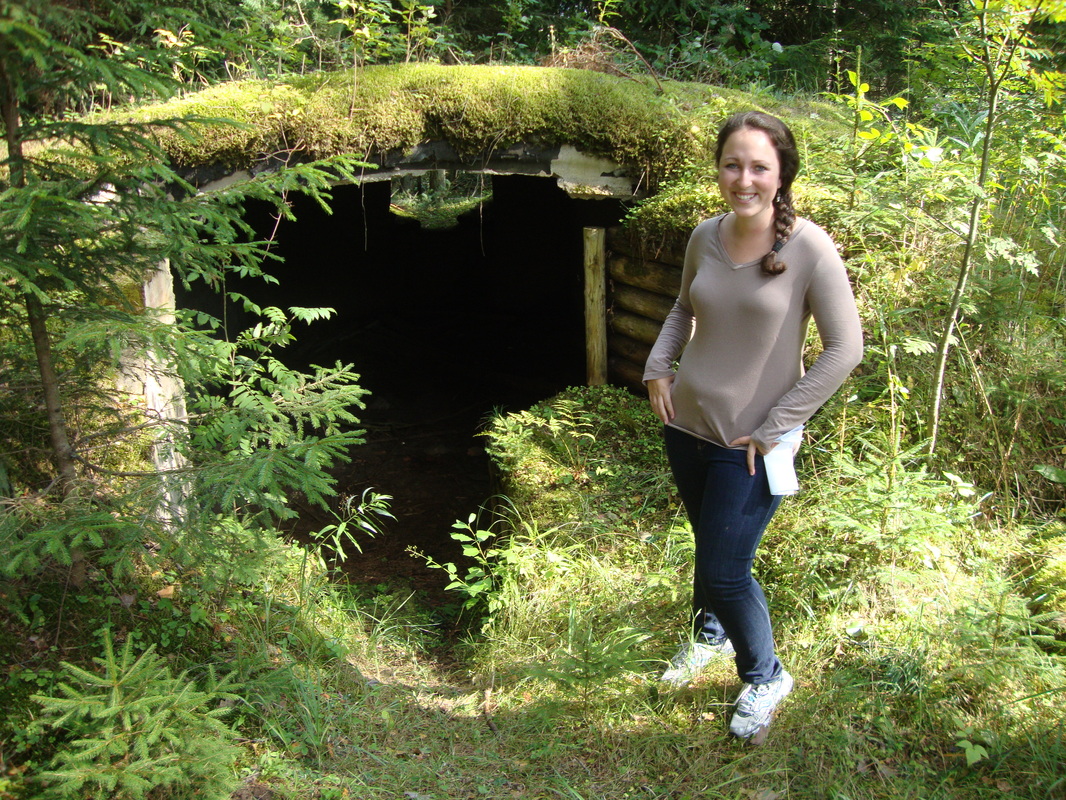
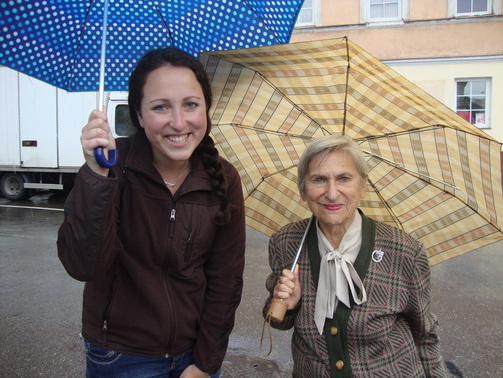

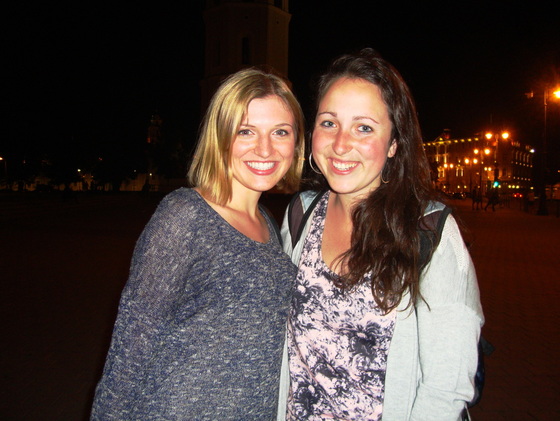
 RSS Feed
RSS Feed
